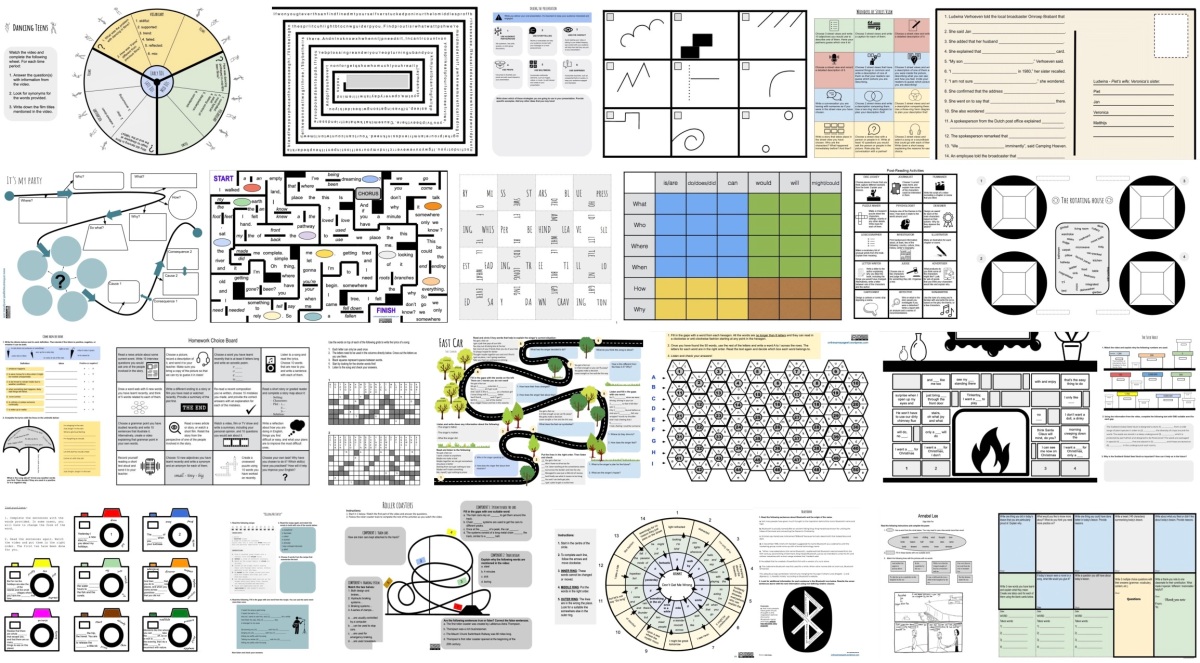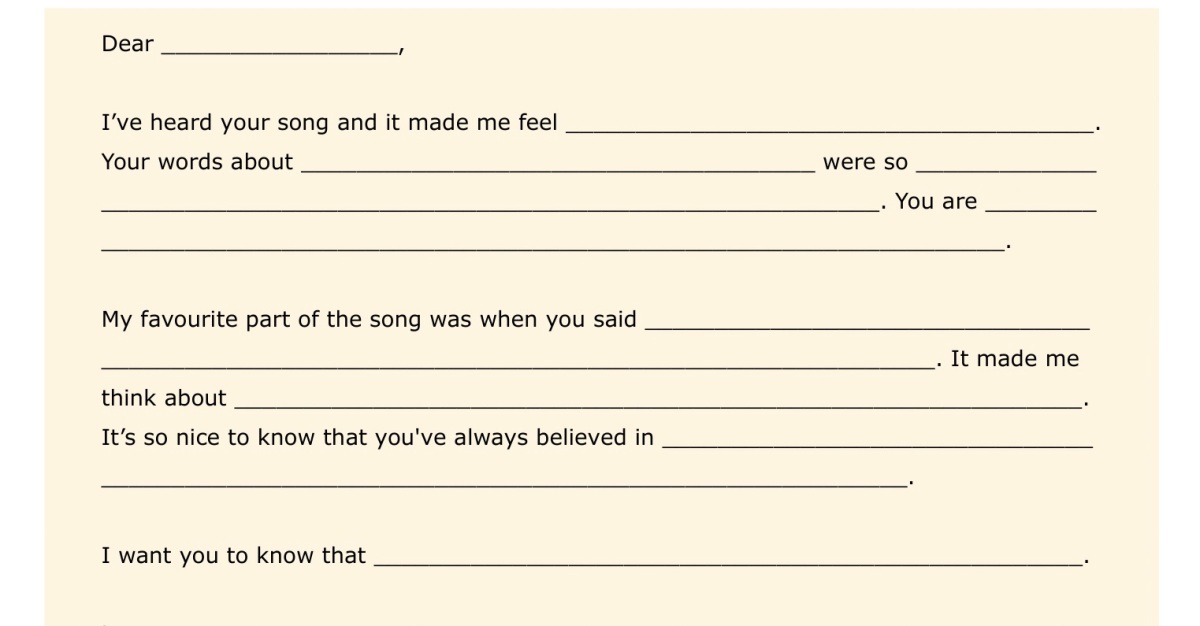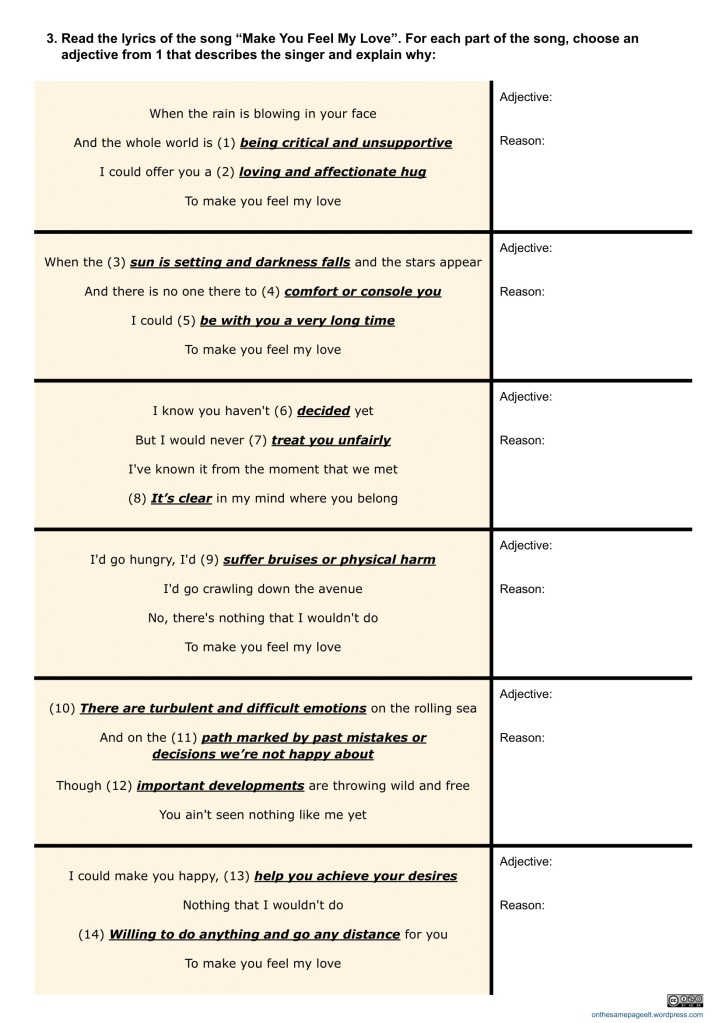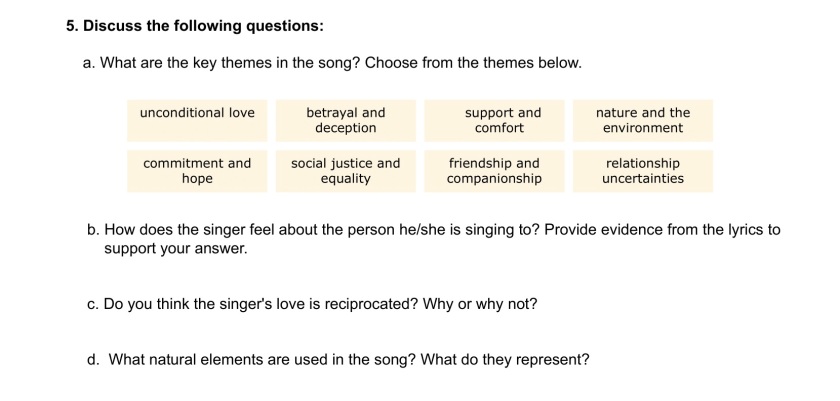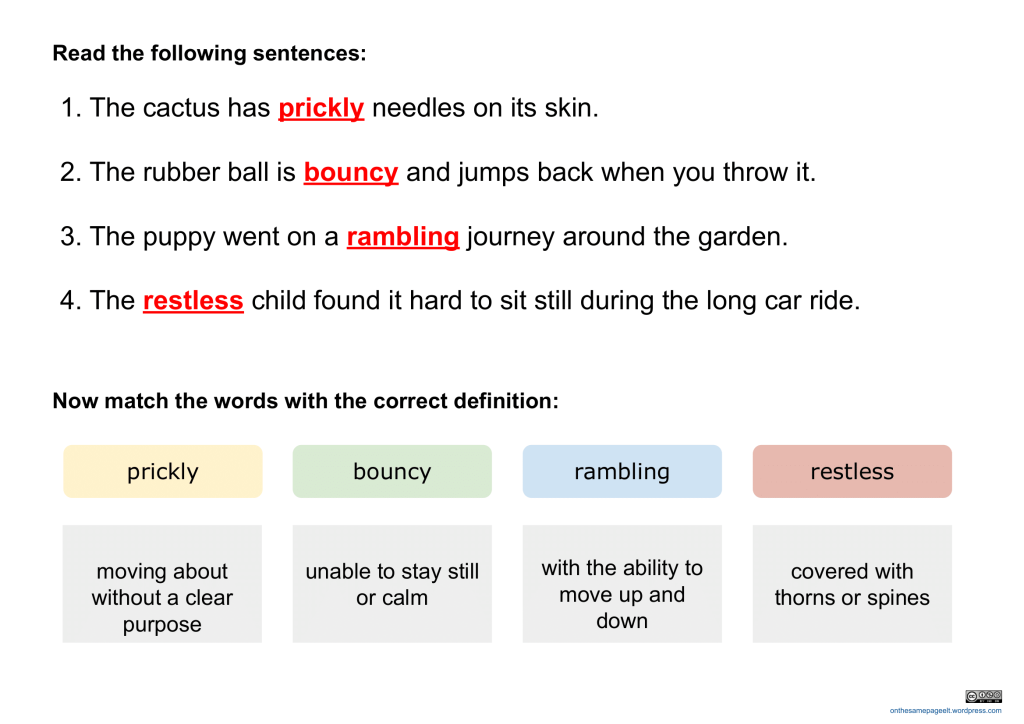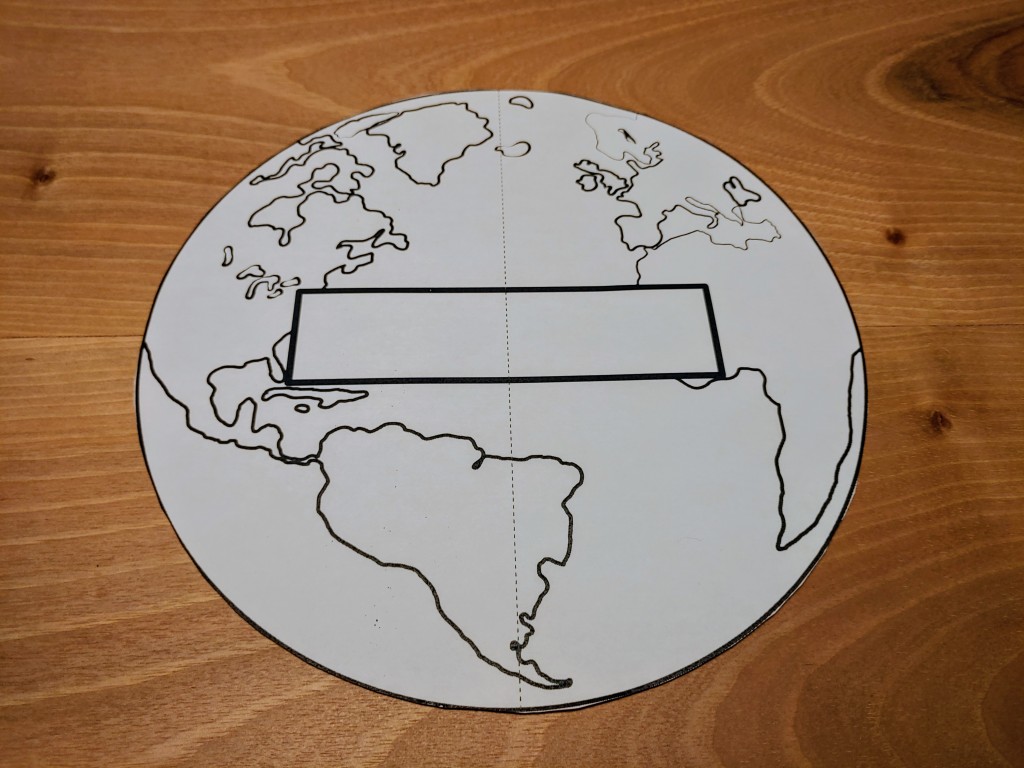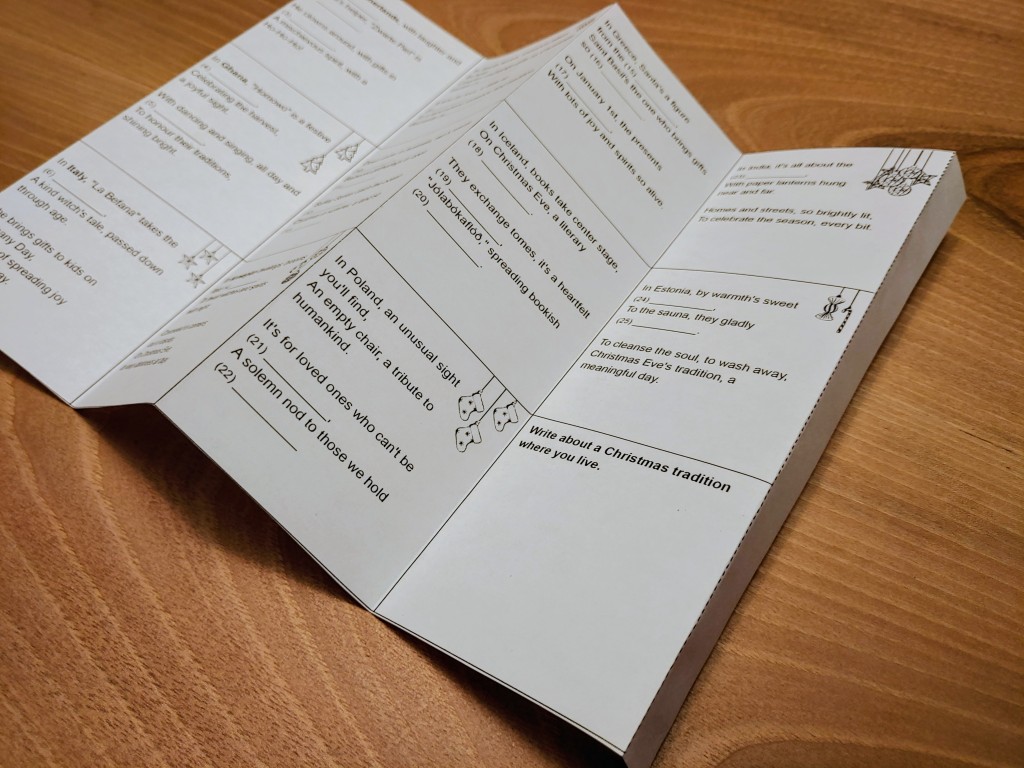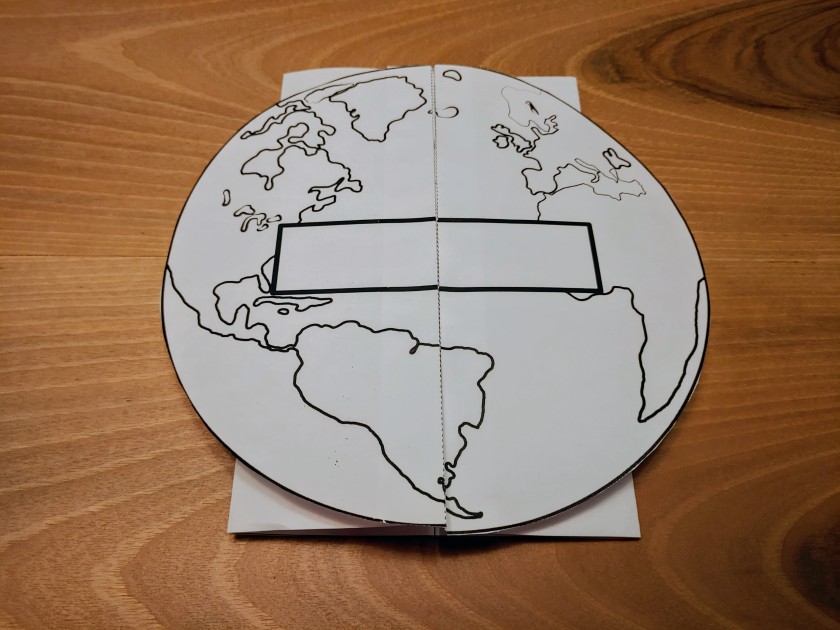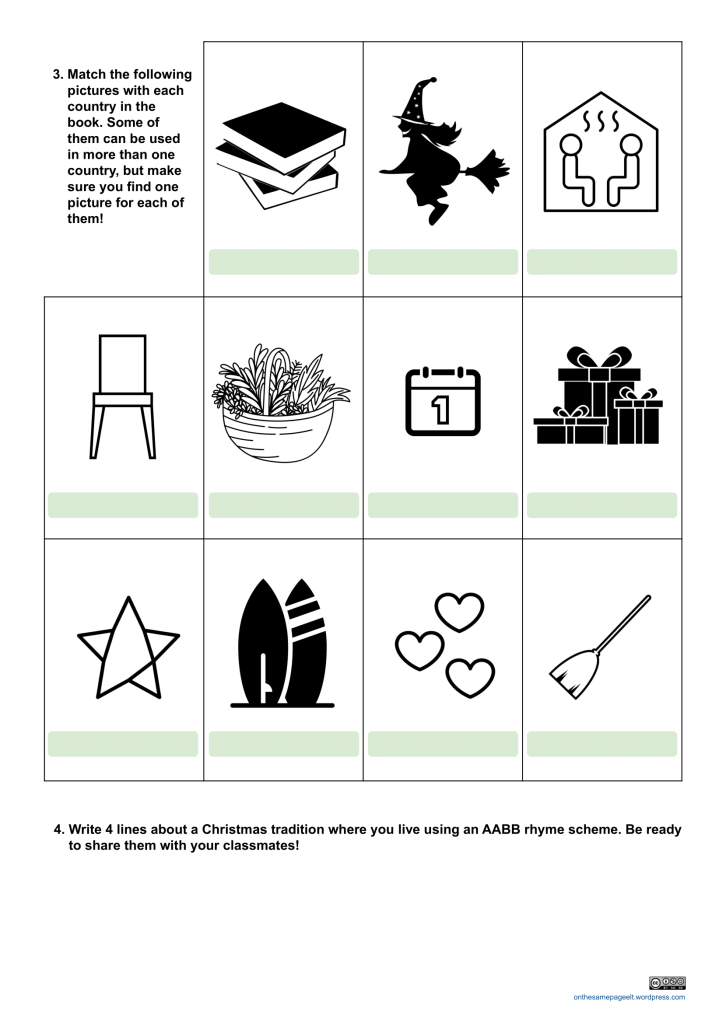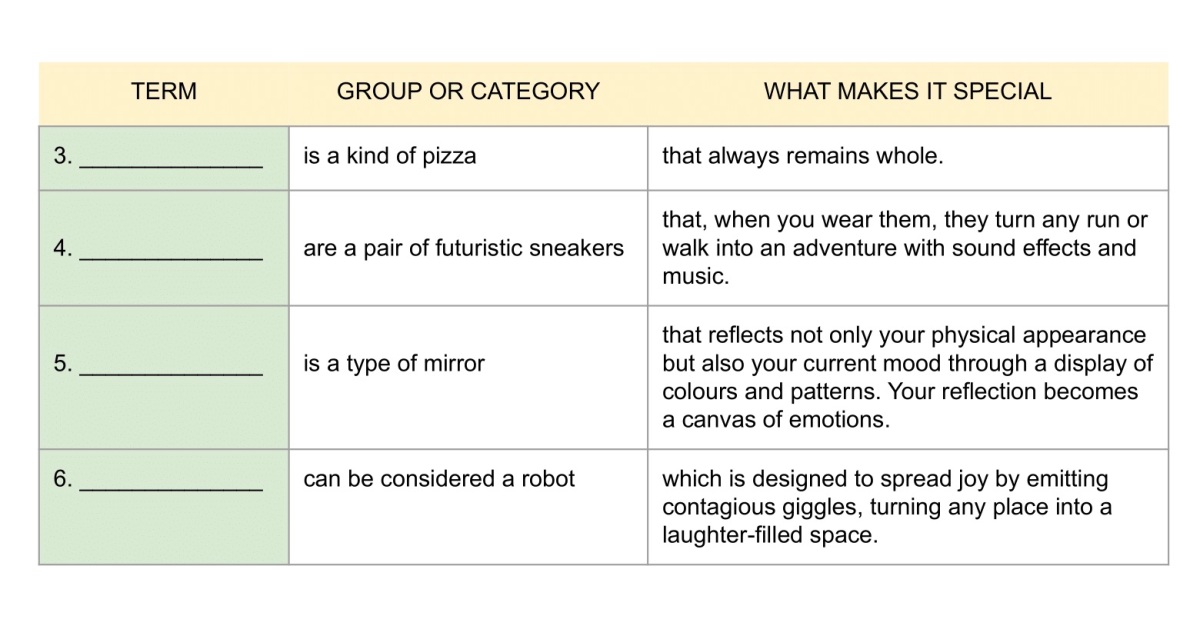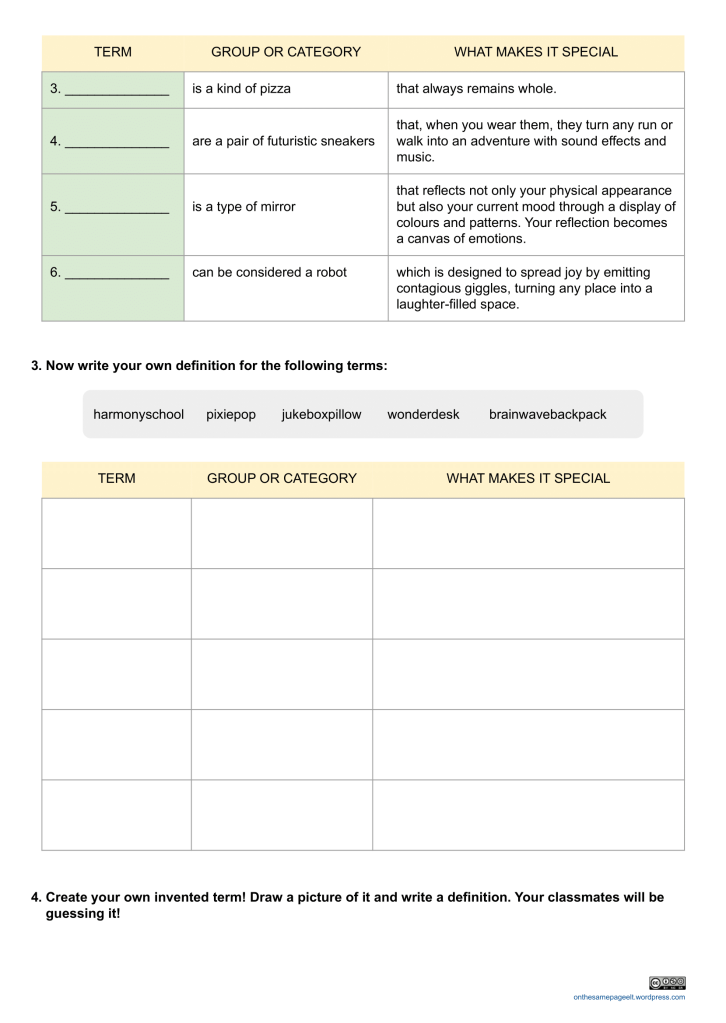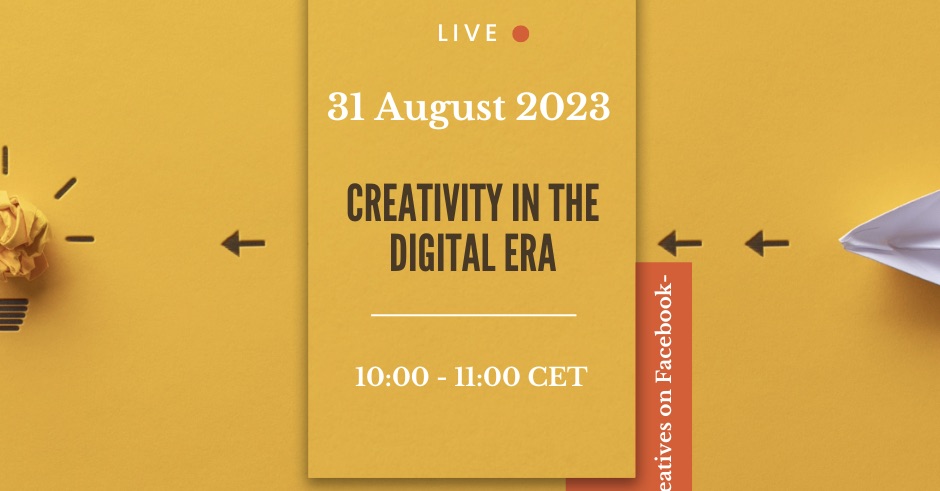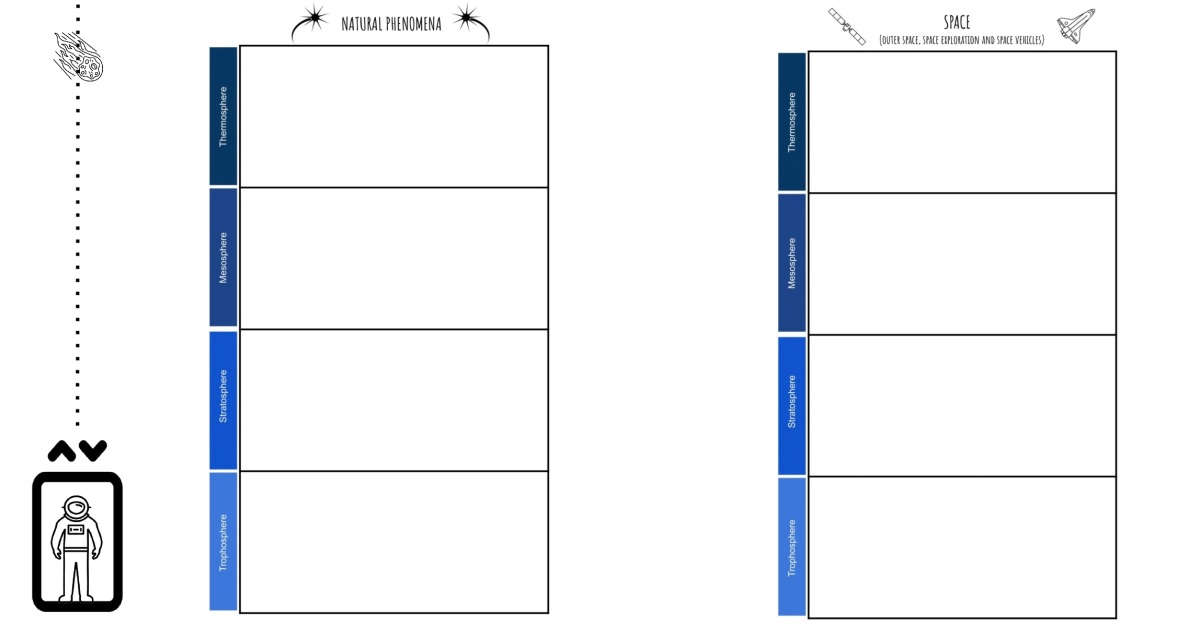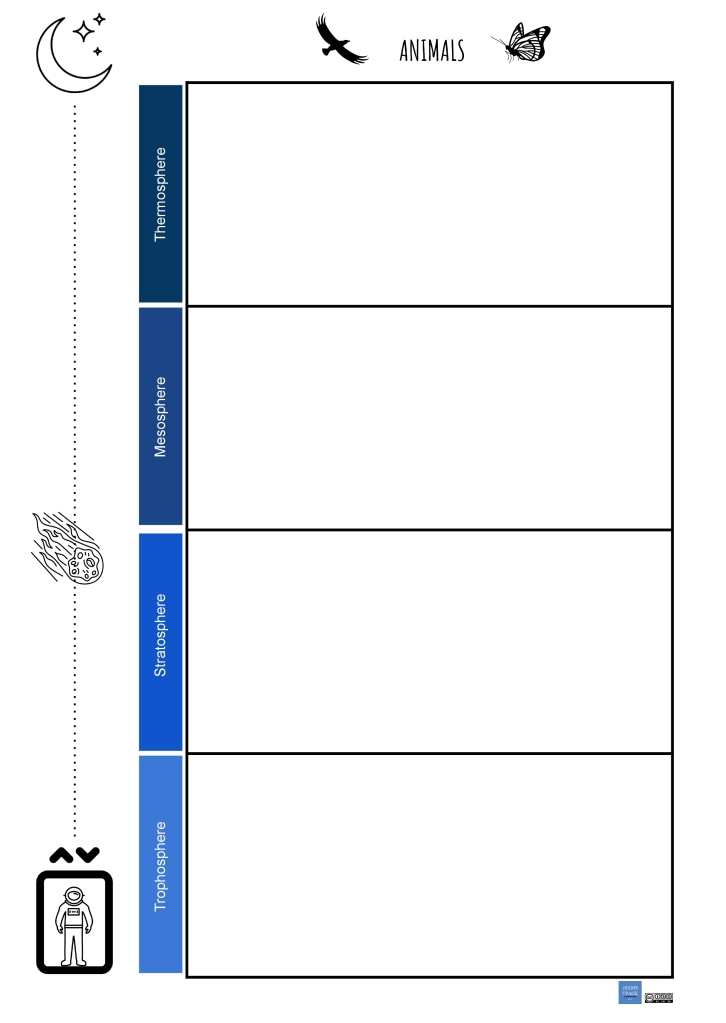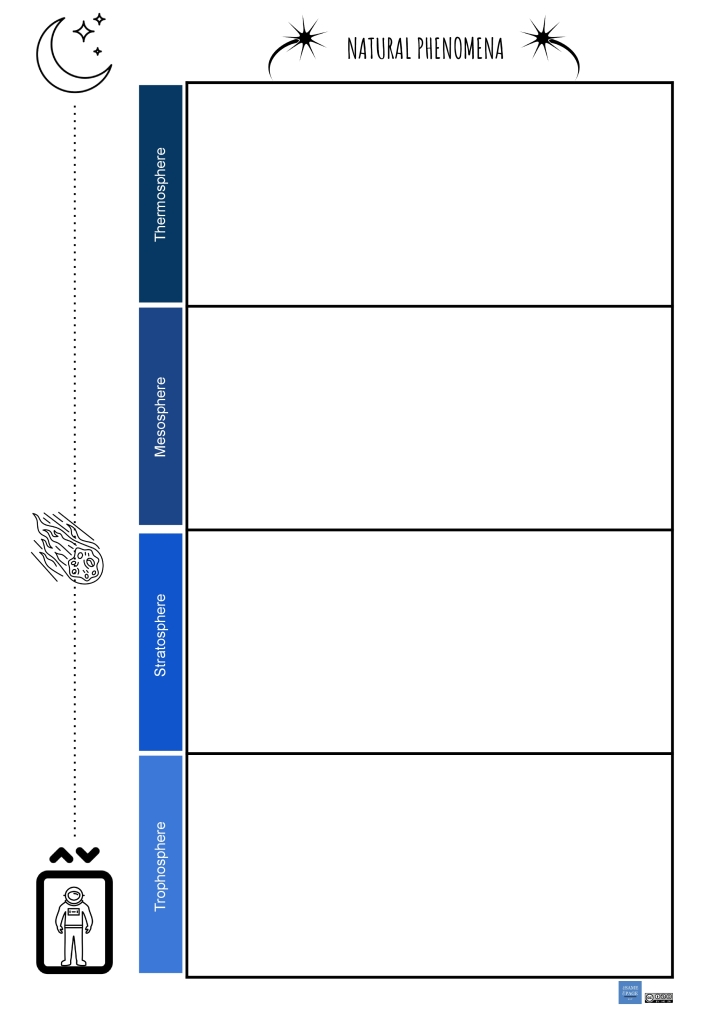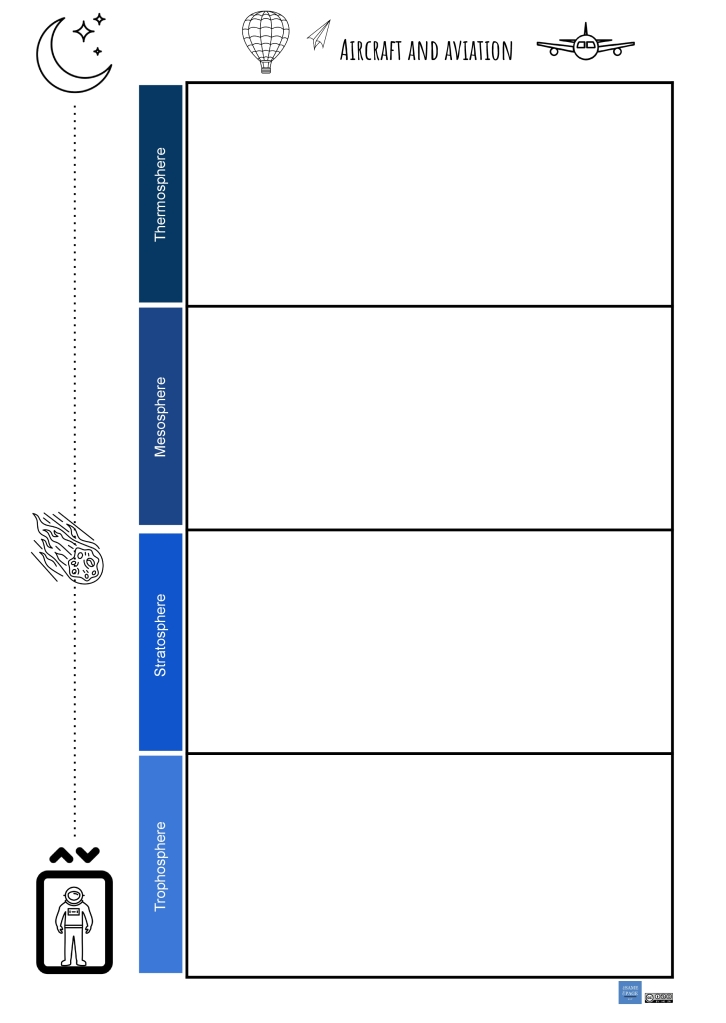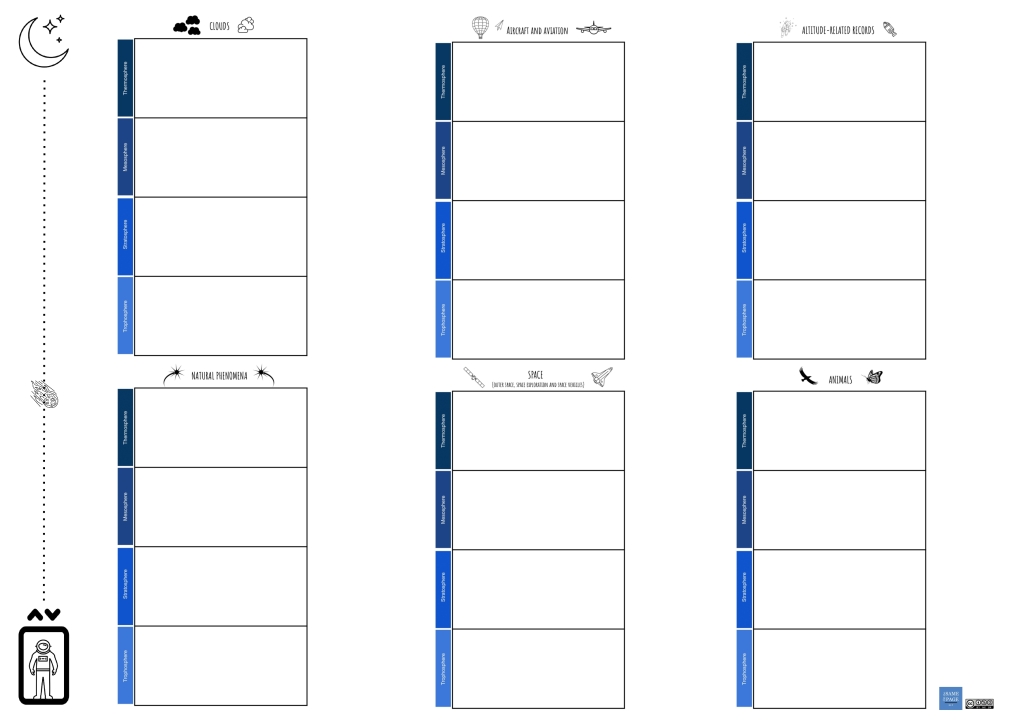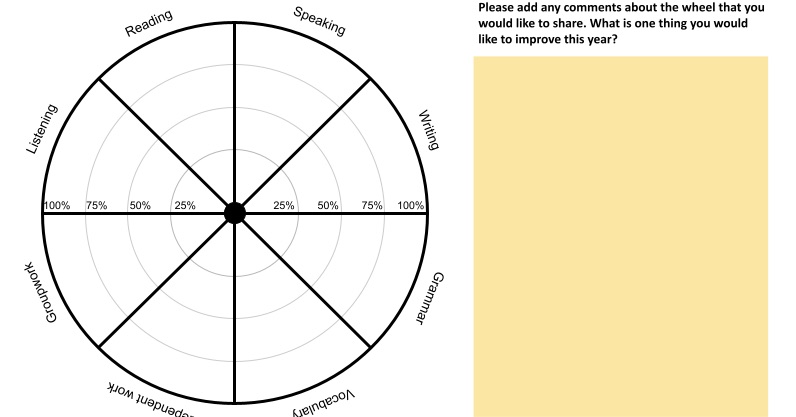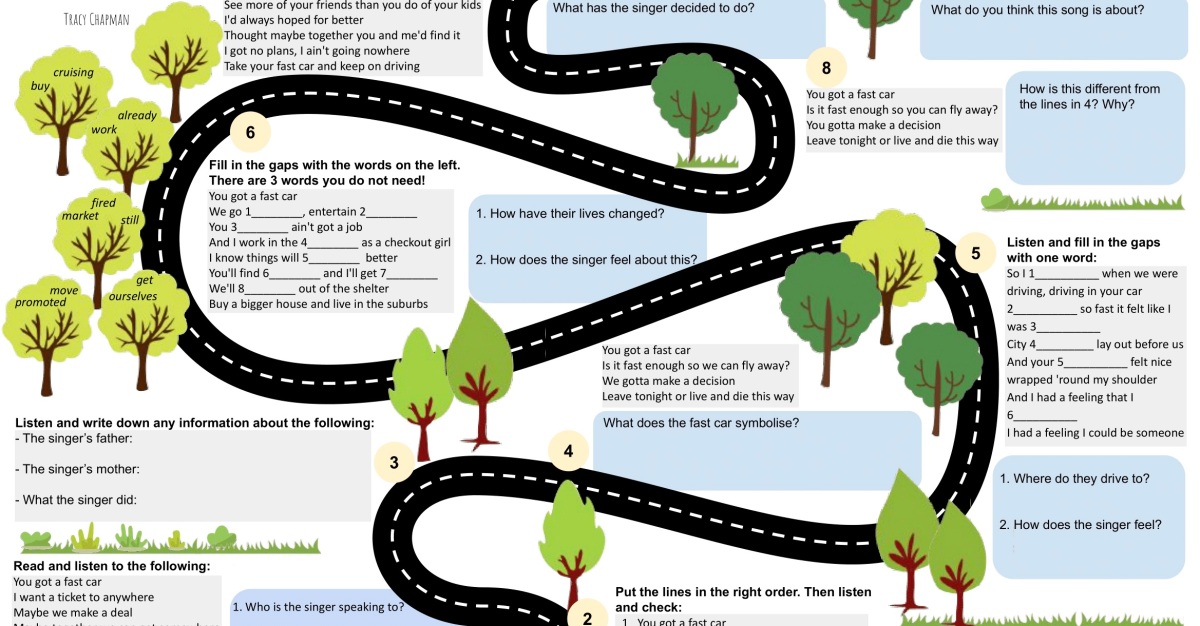Here’s a list of all the resources on this blog in case it comes in handy. I’ll keep it at the top of the blog and will be updating it every time a new post is published!
1. Grammar and vocabulary
2. Listening
3. Pronunciation
4. Reading
5. Speaking
6. Teaching strategies
7. Writing
1. GRAMMAR AND VOCABULARY
– Habits and routines: a flip book
– Making the right choices: “Lean On Me”
– Greg is grateful for those great green Greek grapes
– From “pakkeleg” to “ordleg” (or how a Danish tradition became an effective English language game)
– Reported speech and creative writing: fifty ways
– Rewriting established texts: the day they got creative
– Pathways to accuracy: “Somewhere Only We Know”
– Talking about the environment: “Big Yellow Taxi”
– Film dubbing: a flexible integrated skills task
– Anagrams and meaning: “The Longest Time”
– Dominoes
– Puzzling it out: “Everybody’s Changing”
– Conditional sentences: “Count On Me”
– For the joy of home: a vocabulary-building activity
– “Think About Things”: referencing and comprehension
– Music Borders: some lesson ideas
– “Dream A Little Dream Of Me”
2. LISTENING
– Parties, story maps, and all that jazz
– Reconstructing a story from questions: “Tom’s Diner”
– Listening for detail: “Kilkelly, Ireland”
3. PRONUNCIATION
– Working on connected speech: The Fresh Prince
– “-ed” endings
4. READING
– Double-entry journals: a flexible reading comprehension tool
– “The Rime of the Ancient Mariner”
– Critical thinking and language skills: “There Was Once”
– Extensive reading and learner autonomy: 10 websites
– One-pagers: “The House on Mango Street”
– “I Want A Hippopotamus For Christmas”
– “A Midsummer Night’s Dream” alphabet book
– “Romeo and Juliet”: a post-reading mini-project
– Charting the skies: a lesson idea with Space Elevator
5. SPEAKING
– Team-building and collaboration: up for a challenge?
– Guess what’s being advertised
– Film dubbing: a flexible integrated skills task
– Online generators to practise speaking and writing
– Two online tools to practise speaking and listening with emoji
– Describing windows around the world
– Libraries and bookshops around the world: a video project
– A helmet has always been a good idea
– Roller coasters: a follow-up project
6. TEACHING STRATEGIES
– Three content-based teaching strategies
– Bringing closure to a lesson
– Cooperative learning and the language classroom
– Avoid randomness: three other ways of grouping students
– Holding students accountable
– Developing learner autonomy: a homework choice board
– End product ideas for language projects or tasks
– Voices Magazine: “Ways to use song lyrics to improve comprehension”
– About Me: exploring student interests and learning perspectives
– Creativity in the digital era: a live session
7. WRITING
– Daily routines: writing a report
– 6 simple web-based applications for short writing tasks
– Description, down to a fine art
– Writing a paragraph: “The Marvelous Toy”
– “On The Same Page”: a video-based lesson
– Simultaneous writing and peer correction
– School excuses: a creative writing lesson
– Transforming everyday objects: two lesson examples
– Story cubes: ideas and resources
8. OTHER
– 5 activities for the first days of school
– 16 short films and videos that work well with teenagers
– (The Good), the Bad and the Funky: a trip down memory lane

